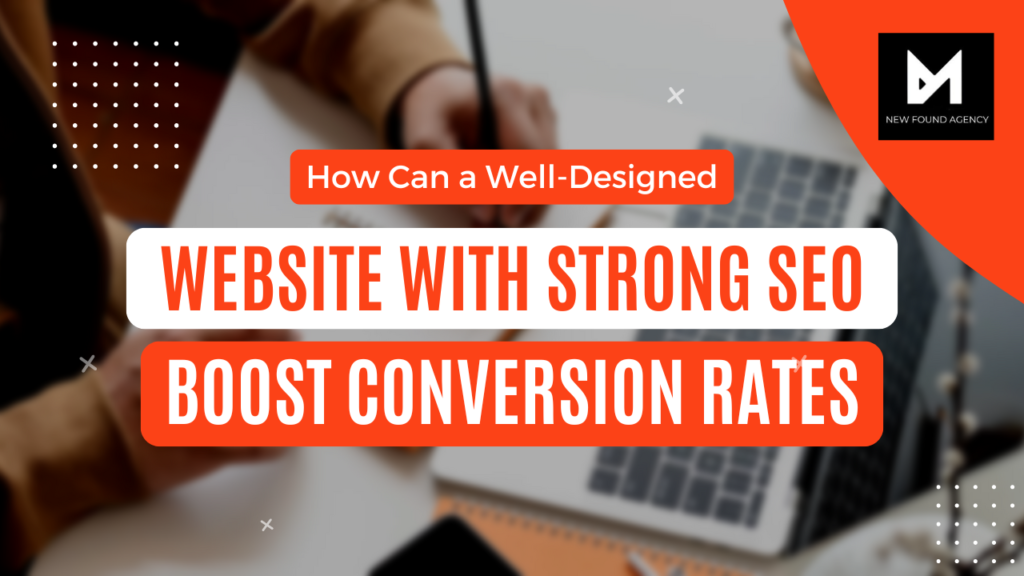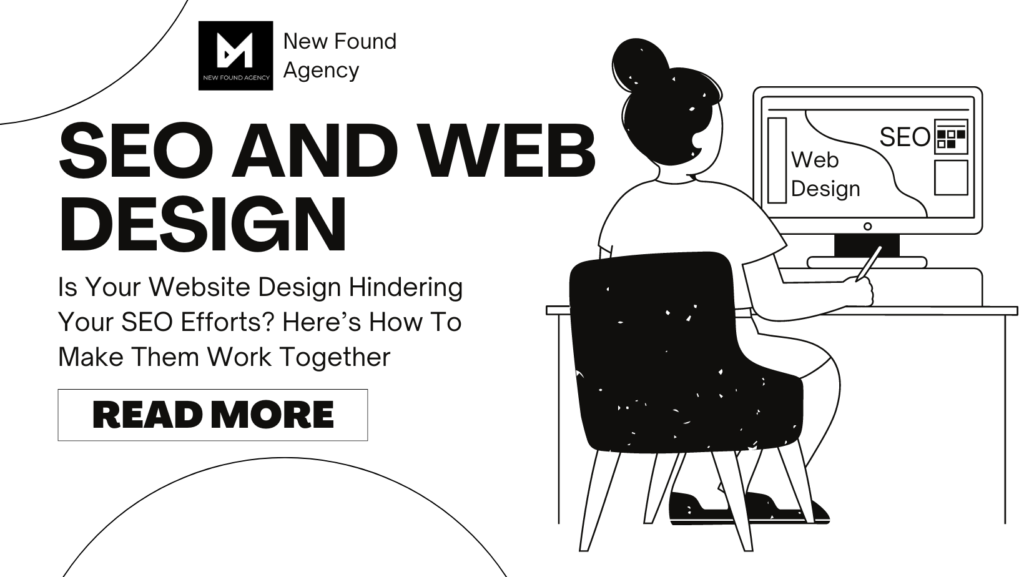Why User-Friendly Web Design is Critical for SEO and Visitor Retention
Why User-Friendly Web Design is Critical for SEO and Visitor Retention In today’s digital world, where attention spans are shorter than ever, user-friendly web design is the secret sauce to a successful online presence. At NEW FOUND AGENCY, we’re passionate about helping our clients create websites that not only look fantastic but also function seamlessly. So, why is user-friendly design so crucial for improving SEO and keeping visitors on your page? Let’s break it down! 1. First Impressions Count Imagine a potential customer landing on your website for the first time. Within seconds, they’ll decide whether to stick around or bounce off to another site. If your website is cluttered, confusing, or just plain unattractive, they’re likely to leave—often without a second thought. But when your site is clean, inviting, and easy to navigate, visitors feel welcomed. It’s like inviting someone into your home; you want them to feel comfortable and excited to explore! 2. Creating a Great User Experience (UX) User experience (UX) encompasses everything from how easy it is to find information to how quickly pages load. A user-friendly design means that your visitors can effortlessly navigate your site, leading to longer visits and happier customers. Think about it: when you find what you need without frustration, you’re more likely to come back, right? At NEW FOUND AGENCY, we prioritize user experience because we know it makes a world of difference in keeping visitors engaged. 3. Lower Bounce Rates and Higher Dwell Time When visitors click away from your site quickly (what we call “bouncing”), it can hurt your SEO rankings. Search engines take this as a signal that your content might not be relevant or useful. But when your site is user-friendly, people tend to stick around longer, which increases what’s known as “dwell time.” Higher dwell time is like a thumbs-up to search engines, indicating that your site is worth ranking higher in search results! 4. Mobile Optimization is a Must With more people browsing on their phones than ever before, having a responsive, user-friendly design is non-negotiable. Google prioritizes mobile-friendly sites in its search results, so if your website isn’t optimized for mobile devices, you could be missing out on a significant amount of traffic. A smooth mobile experience ensures users can easily access your content no matter where they are—whether they’re on the bus, at a coffee shop, or lounging at home. 5. User-Friendly Elements That Boost SEO Here’s how user-friendly web design directly contributes to your SEO efforts: Optimized Content Structure: A well-organized site with clear headings helps both users and search engines understand your content better, improving your chances of ranking higher in search results. It’s like giving users a roadmap to what they need. Fast Load Times: Nobody likes waiting for a page to load. A user-friendly website is optimized for speed, ensuring that visitors don’t get frustrated and leave before even seeing your amazing content. Internal Linking: Including internal links in your design not only guides visitors to related content but also helps search engines crawl your site more effectively. It’s a win-win! 6. Building Trust and Credibility Let’s be honest: a polished, user-friendly design fosters trust. When visitors land on a professional-looking website that’s easy to navigate, they feel more confident in your brand. Building trust is essential for converting visitors into customers—whether that means signing up for a newsletter, making a purchase, or reaching out for your services. At NEW FOUND AGENCY, we understand that a great user experience can make all the difference in creating lasting relationships with your audience. 7. Conclusion: Invest in User-Friendly Design for Lasting Impact In a world where first impressions matter, user-friendly web design is essential for both SEO and visitor retention. At NEW FOUND AGENCY, we’re dedicated to helping our clients create websites that not only look beautiful but also function flawlessly. By focusing on a design that meets your audience’s needs, you can boost your search engine rankings, keep visitors engaged, and drive conversions. If you’re ready to enhance your website’s user experience while improving your SEO efforts, let’s chat! Together, we can create a site that not only meets your business goals but also leaves a lasting impression on your visitors.
Why User-Friendly Web Design is Critical for SEO and Visitor Retention Read More »




